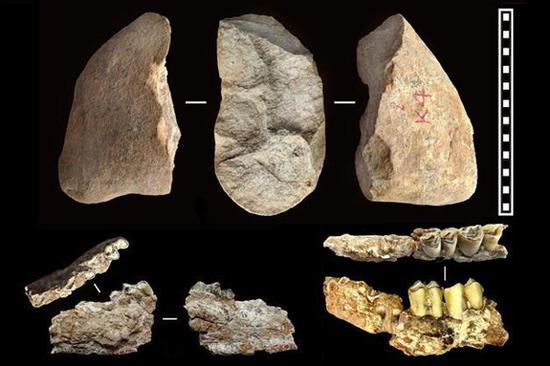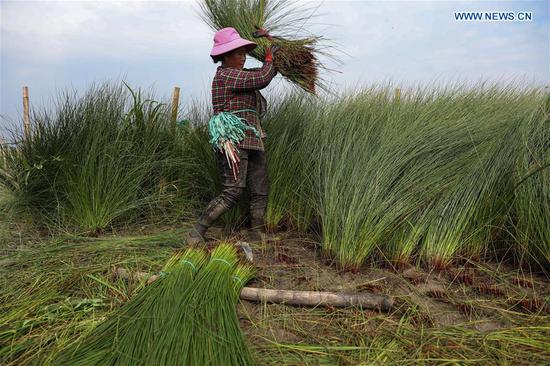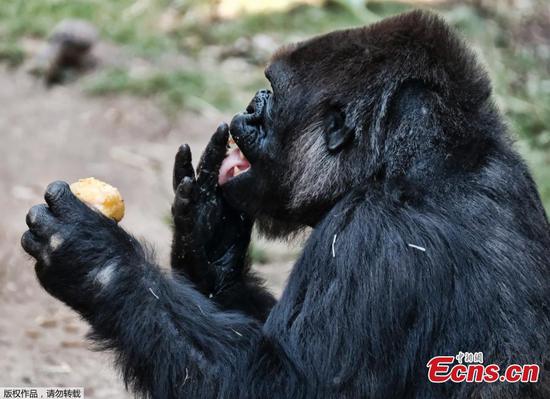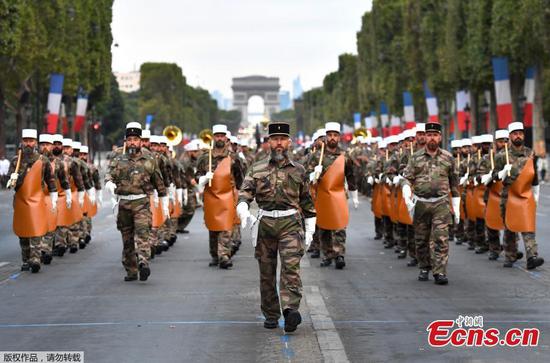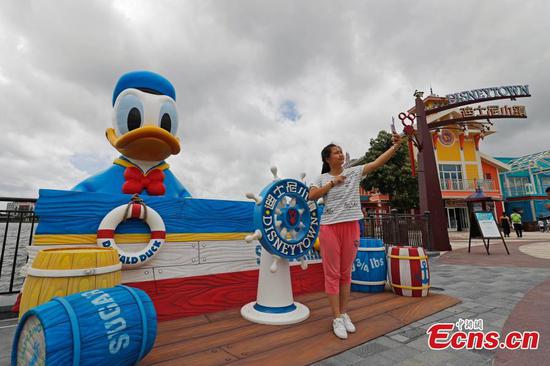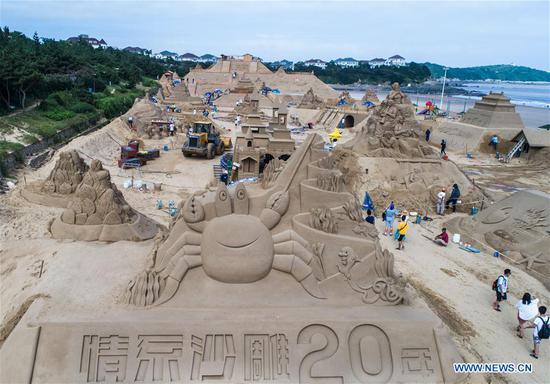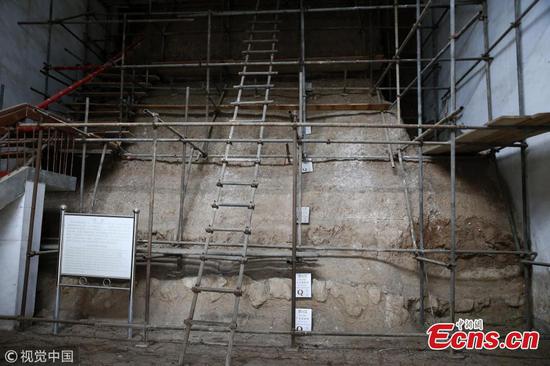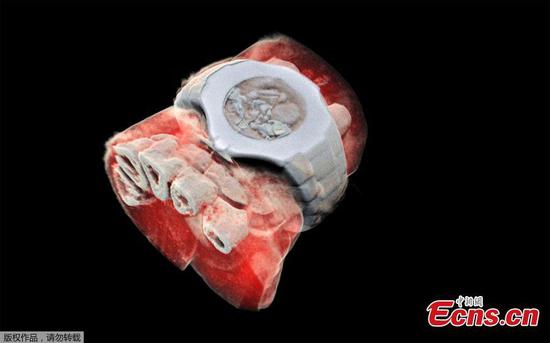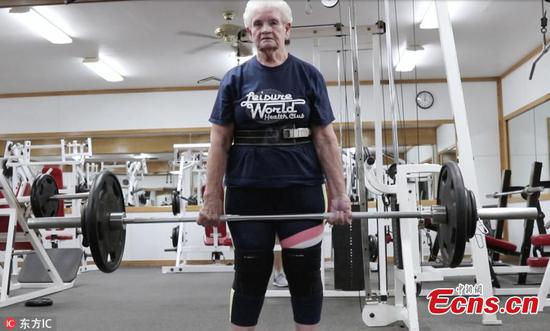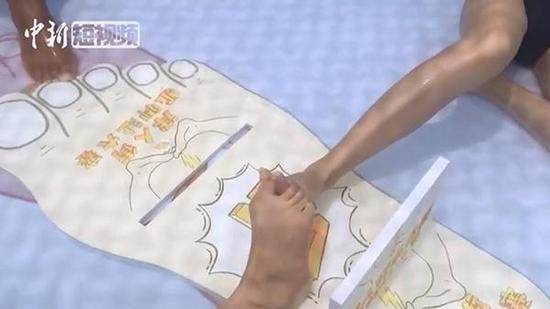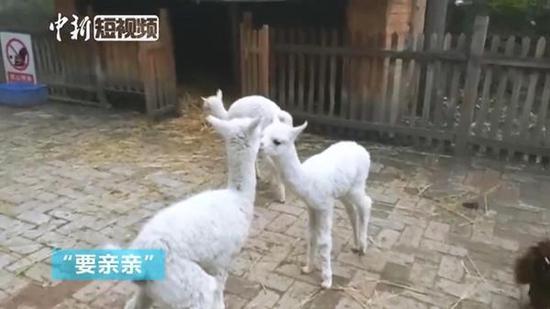A stone head created by the Xianbei people, an ancient ethnic group, has returned to China after wandering in the West for nearly 100 years.
A Chinese American named Wang Chunjie donated the sculpture to the Shanxi Museum on Friday.
It was the second donation Wang made, after his first in 2016, a Buddha head, news website thepaper.cn reported on Sunday.
Wang immigrated to the U.S. in 1980 and is currently working as a consultant at an auction house.
The latest donation of the stone head reportedly came from American collectors and was probably exhibited in 1978 at the Cleveland Museum of Art, a museum in New York, and the Asian Art Museum in San Francisco.
The return of relics to China has a great significance in raising people's awareness of protecting Chinese culture and could draw more attention to preservation efforts, Ni Fangliu, a Nanjing-based archeology expert, told the Global Times on Sunday.
The latest donation was created during the Northern Wei Dynasty (386-534). The 26.5-centimeter-tall, 12-centimeter-wide and 17-centimeter-thick exquisite stone head features long earlobes, thin lips, and a smiling round face, according to the website of the Shanxi Museum.
The statue came from the Yungang Grottoes in Datong, North China's Shanxi Province. The stone head was believed to be stolen in 1925, according to an illustrated book featuring the head published in 1925 in Kyoto, Japan, thepaper.cn reported.
The grottoes are where early Chinese Buddhist carving originated.
More than 100 pieces of art from the grottos have been stolen or plundered, thepaper.cn said.
Wang bid for and won his first donation to the Shanxi Museum at auctions held by his employer in 2016. Wang asked his wife to bid on the Buddha head even the price was beyond their budget.


















